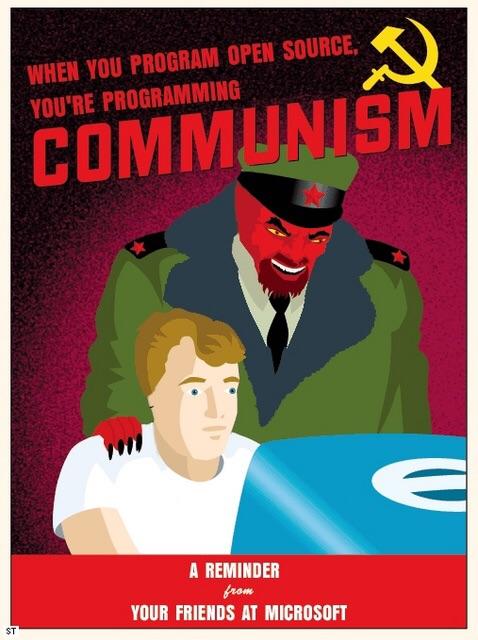This is the product: Crucial P3 1TB PCIe M.2 2280 SSD
General tech specs
- Interface: NVMe (PCIe Gen 3 x4)
- SSD Endurance (TBW): 220TB
- Form factor: M.2 (2280)
- SSD series: P3
- Capacity: 1TB
Speed & timing
- Sequential Read: 3,500 MB/s
- Sequential Write: 3,000 MB/s
I never know how to tell with computer parts. There is just so many options. This is the cheapest one I can find for 1TB.
Yep! Perfectly cromulent SSD. The ones people tell you to avoid are the weird “brand you’ve never heard of with a weird name DRAMless cheapo specials”
The real issue there isn’t actually the lack of dram, but the low quality components used, because it’s a super sketchy low end product. Once you get into recognizable brands and mainstream product lines, you pretty much can’t go wrong other than getting a bad deal which this isn’t at that price.
Go for it!
Thank you. Extremely helpful.
I bought this exact SSD about 6 months ago for my son, he uses his PC for gaming, video editing and 3D rendering. He’s had no complaints about reliability or speed so far. I’ve had plenty of stuff in multiple machines from Crucial and not had a bad experience yet.
Thanks a lot. Deeply appreciated.
I usually look through a few reviews, both on computer journalism sites and forums for real world experiences.
This one seems perfectly sufficient, especially for the price. Won’t break any records, but it’s not supposed to. It’s better suited as a secondary storage drive though, there are better options out there in terms of an SSD to install your OS to, specifically ones with some DRAM cache and a higher TBW.
TBH currently I am on a cheap SATA SSD and I don’t feed bottlenecked at all despite the OS being installed on it. Will just go with this one.
NVMe PCIe Gen 4 has twice the maximum speeds, but they seem to be quite a bit more expensive (e.g. this one, also from Crucial), so unless you expect read/write speeds to be a bottleneck, this sounds like a good option
I’ve been using one of these for about a year I think and it’s been great. Big upgrade for my old PC.
I run my OS and store games on it, but important files get kept on HDDs and backed up elsewhere in case the SSD fails.
Probably fine but not the most ideal.
Right now the market for SSDs sucks. Before the latest price-gouging via chopping supply in half (Crucial happily going along with Samsung’s openly announced plans to do just that to get prices up) I got a 1TB TLC drive for $60, now they’re all $110+ without exception.
For a main OS drive where you’re getting lots of random reads on start-up and during normal operation, DRAM helps a decent amount to prevent waiting (with things like big games loading lots of files this is obvious as is on an OS disk where lots of random reads occur as part of normal operations). It’s definitely something I think most people would notice between an NVMe drive with DRAM vs one without. Maybe not as much vs a SATA SSD under most work-loads.
Also OP you should realize most SATA SSD’s (even cheap ones that were name-brand), except ones in the last few years typically had a DRAM cache, it used to be standard, it’s only with NVMe that they’ve started dropping it to save money because the write/read speeds on NVMe drives sorta mask the lack of it under many but not all workloads (particularly for extra drives people were buying for non-OS installs like drives just to put games or large files on that are in addition to their main drive it matters less).
With that TBW I’d suspect it’s a QLC drive (and confirmed by searching). I always used to avoid them myself but these days with these prices if you’re looking for a deal it may be hard not to though the combination of QLC and no DRAM makes me think it’s less than ideal for an OS drive. Just make sure you have a decent back-up plan for important documents and files to another drive or the cloud as when SSD’s fail (and even good MLC/TLC drives can) they do so catastrophically and you won’t be able to recover a thing.
For reference QLC/TLC/MLC stands for quad-level, triple-level, multi-level(2). There’s also SLC or single-level. SLC is the oldest and most reliable, charges stay stable longer, the whole platter is more stable. Each increase decreases the cost per GB but hits reliability. The less bits per cell the more stable it tends to be, less prone to charge flips, better write speed potentials, it degrades more slowly and has more re-write cycles. But it costs more of course.
MLC is very pricey, easily twice the price per terabyte, but TLC is usually only a bit of a premium, maybe another $20-$30 (the T500 from Crucial for instance has DRAM and it’s TLC for $35 more which isn’t cheap admittedly but I guess it depends on where you are financially and if you plan to use this for a while. There’s also the SK hynix Gold P31 which is TLC, DRAM, and $5 cheaper than the T500 at least where I looked).
Verdict: If you’re looking for something in this price range (<$80) then definitely go with what you’ve chosen. However if you game or want something a bit more reliable with higher TBW, a bit faster, and with DRAM so you don’t have to worry about that bottleneck on an OS drive AND you can afford the extra money I’d consider strongly something TLC, with DRAM, or both, like the drives I mentioned.





